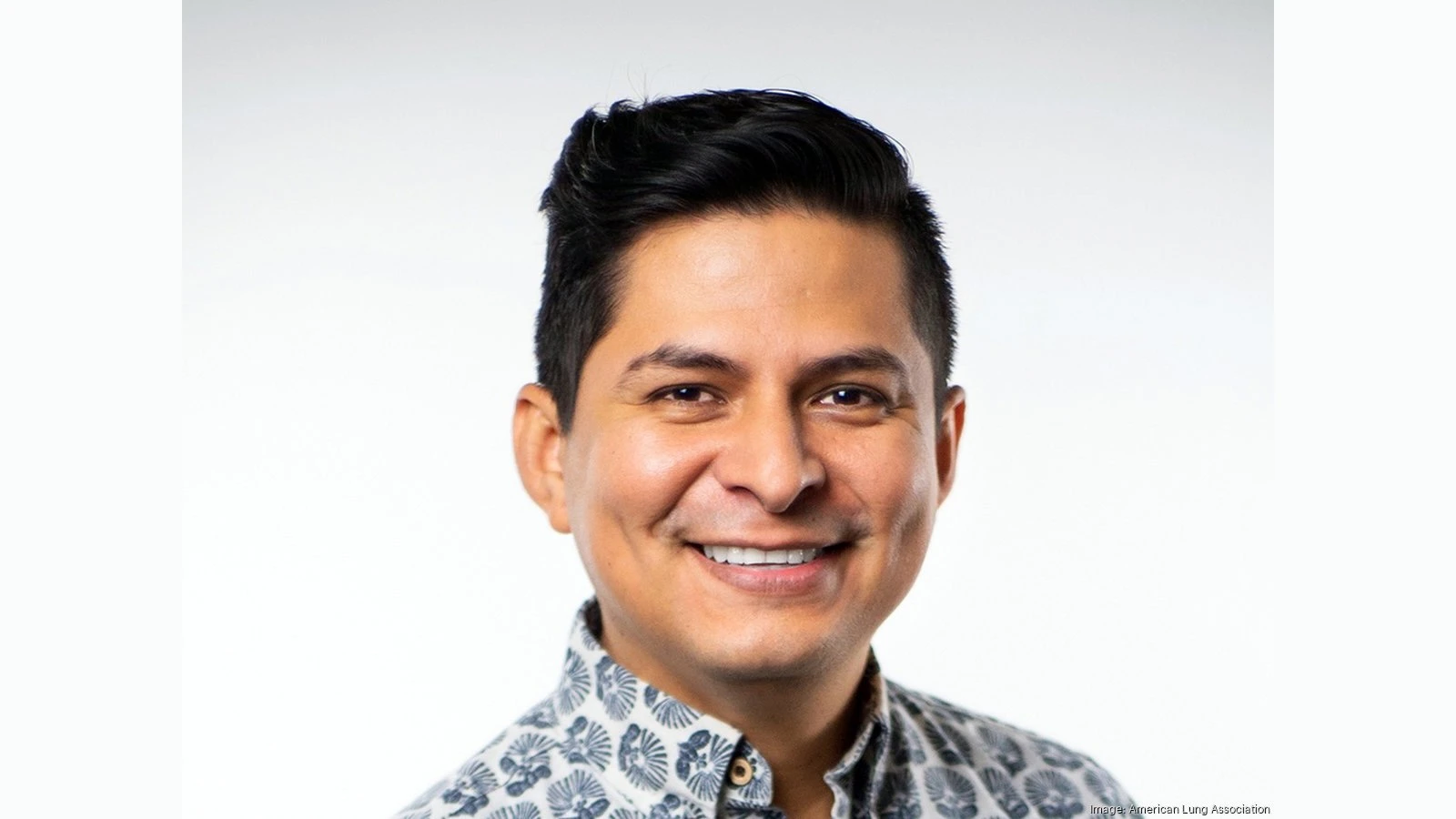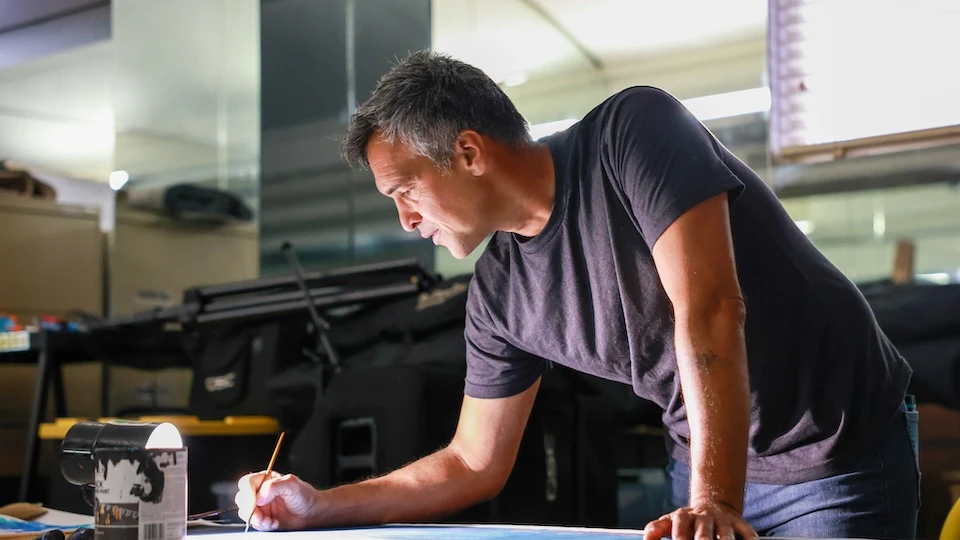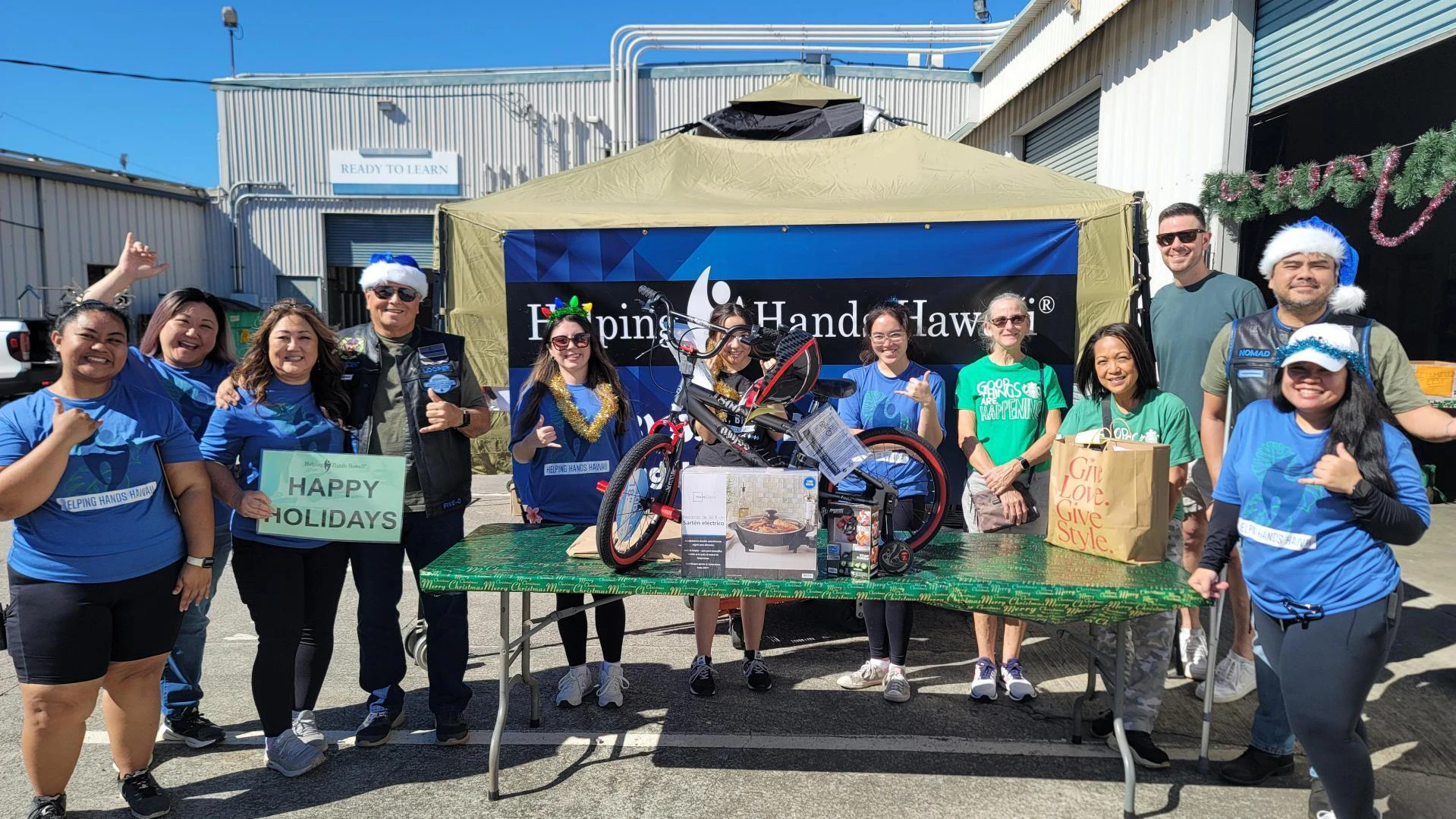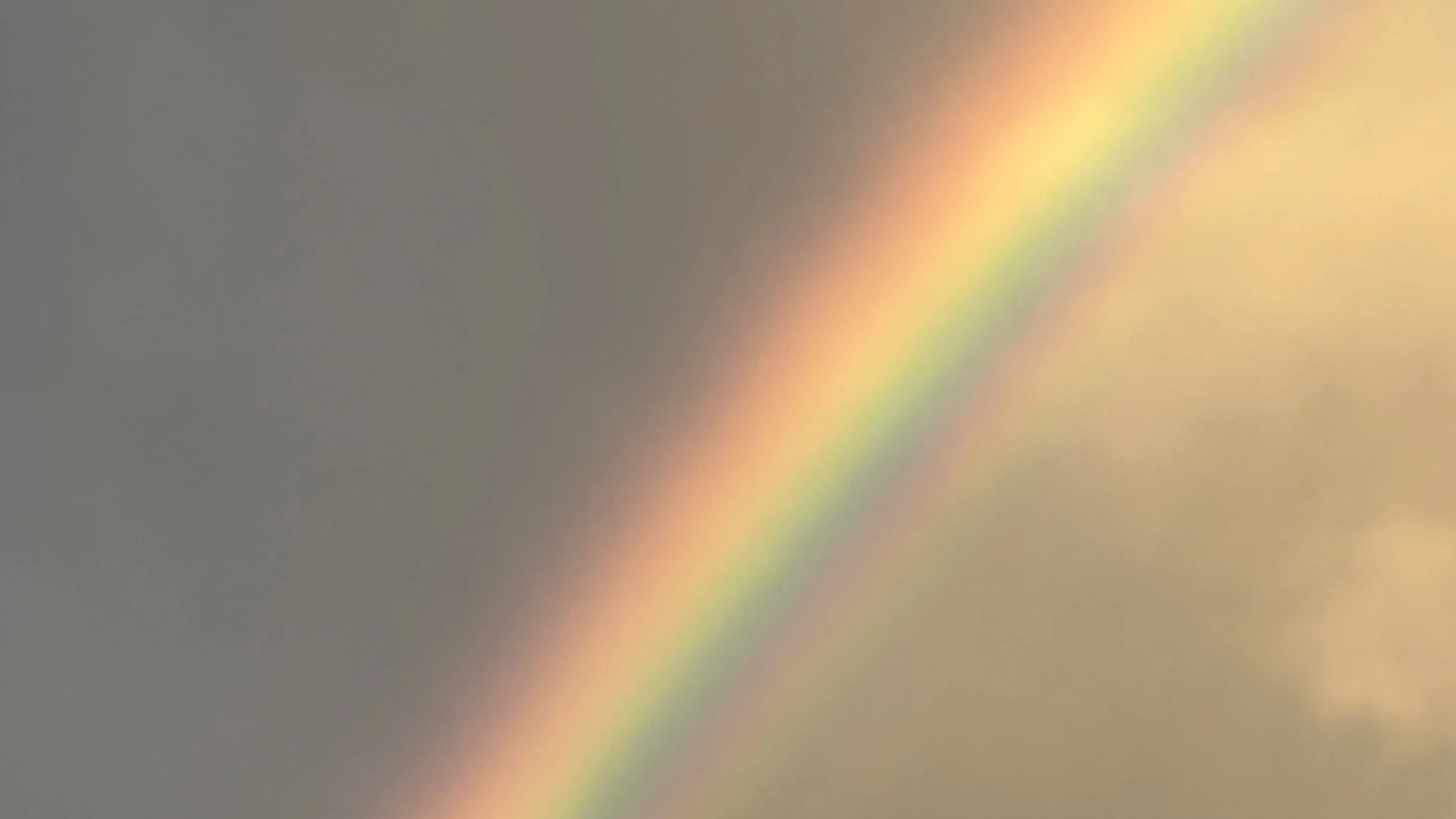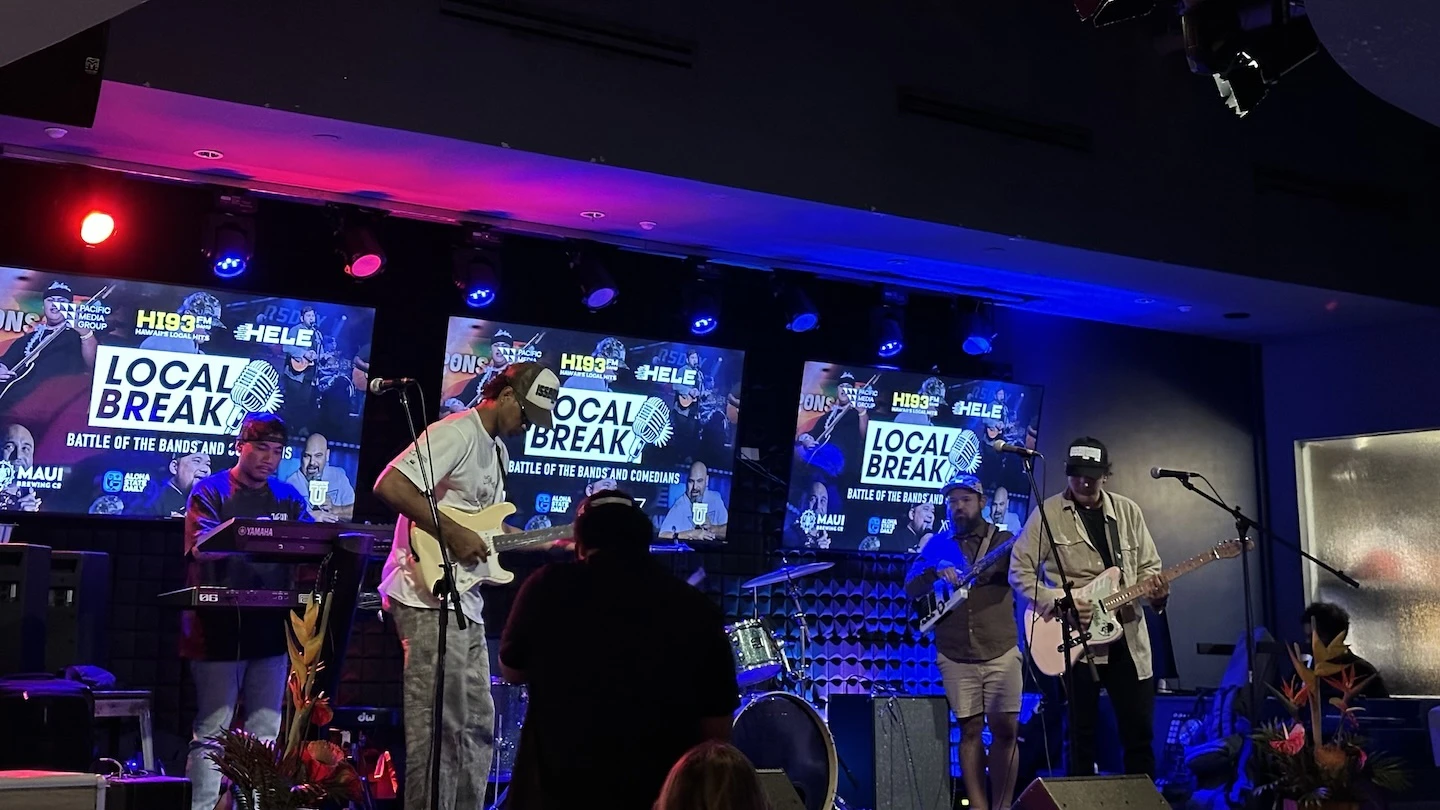The American Lung Association recently released its 2025 “State Of The Air” report, where Honolulu ranked No. 1 on the list – tied with Casper, Wyoming – as the cleanest U.S. cities for year-round particle pollution, or soot, over a three-year period in 2021-2023.
Annual monitoring is supported by the U.S. Environmental Protection Agency, the nonprofit said.
“Cities were ranked by using the highest design value for any county within that metropolitan area,” the report stated, for which both metros had a design value of 3.7.
According to the report, Honolulu also ranked among 35 cities “as one of the Cleanest U.S. Cities for Ozone Air Pollution,” or smog, while Maui, Kauai, and Hawai‘i Counties did not collect data in this year’s, or the previous year’s, report. “Not all Hawai‘i counties have the level of monitoring that Honolulu does, so it’s hard to compare apples to apples per county," said American Lung Association Executive Director Pedro Haro.
To view Hawaiʻi’s rankings, click here.
“Honolulu has had the cleanest air for several years in a row,” Haro said, crediting the island’s good climate in the middle of the Pacific Ocean, “where tradewinds can blow away pollution and other particles.”
That, and other factors like the rising number of electric vehicles and the utilization of public transportation. Compared to other states, “People can walk, bike and use transportation all-year round,” Haro said.
He noted that one difference in this year’s report for Honolulu was in the particle pollution section. “We had a dip in a 24-hour period, one day in a year, with an ‘Orange’ particle [score]. Because of that, the metro received a B, where in previous year's, we were given an A."
“It’s hard to tell the reason. It could have to do with vog in or wildfires. But it’s not too concerning.”
The American Lung Association Hawai’i has put together this resource for more information about vog.
Why the annual “State of the Air” report matters
The 2025 “State of the Air” report found that 156 million people in the U.S. (46%) live in an area that received a failing grade for at least one measure of air pollution and 42.5 million people live in areas with failing grades for all three measures,” per the American Lung Association. Within Hawaiʻi, “three out of five counties could be graded for at least one measure of air quality.”
When looking at Hawai’i populations most at-risk when the air quality is poor, the list includes minors and those over the age of 65; those with asthma, COPD, heart disease and lung cancer; and those who are pregnant, of color or low-income.
“We may have clean air statewide or county by county, but it can be [skewed] if we’re not looking community by community,” Haro said. “Kalihi for example, where there are multiple major roads, large infrastructure, and [lots] more people than places on island with more open ocean spaces. Same with Waikīkī, or areas close to the airport and highways.”
“So that’s where we look at the lower economic populations, immigrants, people of color – the disparities exist simply by the built environment we have and that’s very difficult to deal with. There are inequalities even down to lung health.”
He said one way the organization is addressing socioeconomic issues is by bringing awareness to communities through collaborative efforts with lawmakers, the media and other stakeholders. “That’s the nice thing about these reports is to be able to call it out.”
Working with the state Legislature is a key part of the nonprofit's advocacy efforts. Vaping, smoking and other tobacco-related measures, especially for local youth, were top of mind this session, Haro said.
The mission of The American Lung Association is "to improve lung health and preventing lung disease."
May is lung cancer awareness month
The American Lung Association Hawai’i will hold its biggest fundraiser of the year, the Outstanding Mother Awards, on Sunday, May 25, at the ‘Alohilani Resort Waikīkī Beach. The event hosted by the LUNG FORCE Women's Cabinet will honor women who are outstanding moms, workers and community volunteers.
“We celebrate in May as it coincides with Mother’s Day,” Haro said. “Lung cancer is the No. 1 leading cause of cancer death for women. And what we know from research is that Native Hawaiian and Asian women tend to have a higher predisposition to lung cancer than any other ethnic group. Hawai’i is last in the nation for early diagnosis of lung cancer.
“Mother’s are also the connectors in families, making appointments for the rest of the family and often putting their own health aside. We’re trying to encourage women not to do that because lung cancer can be treatable if caught early.”
For more information about the Outstanding Mother Awards in Honolulu, click here.
Kelsey Kukaua Medeiros can be reached at kelsey@alohastatedaily.com.

